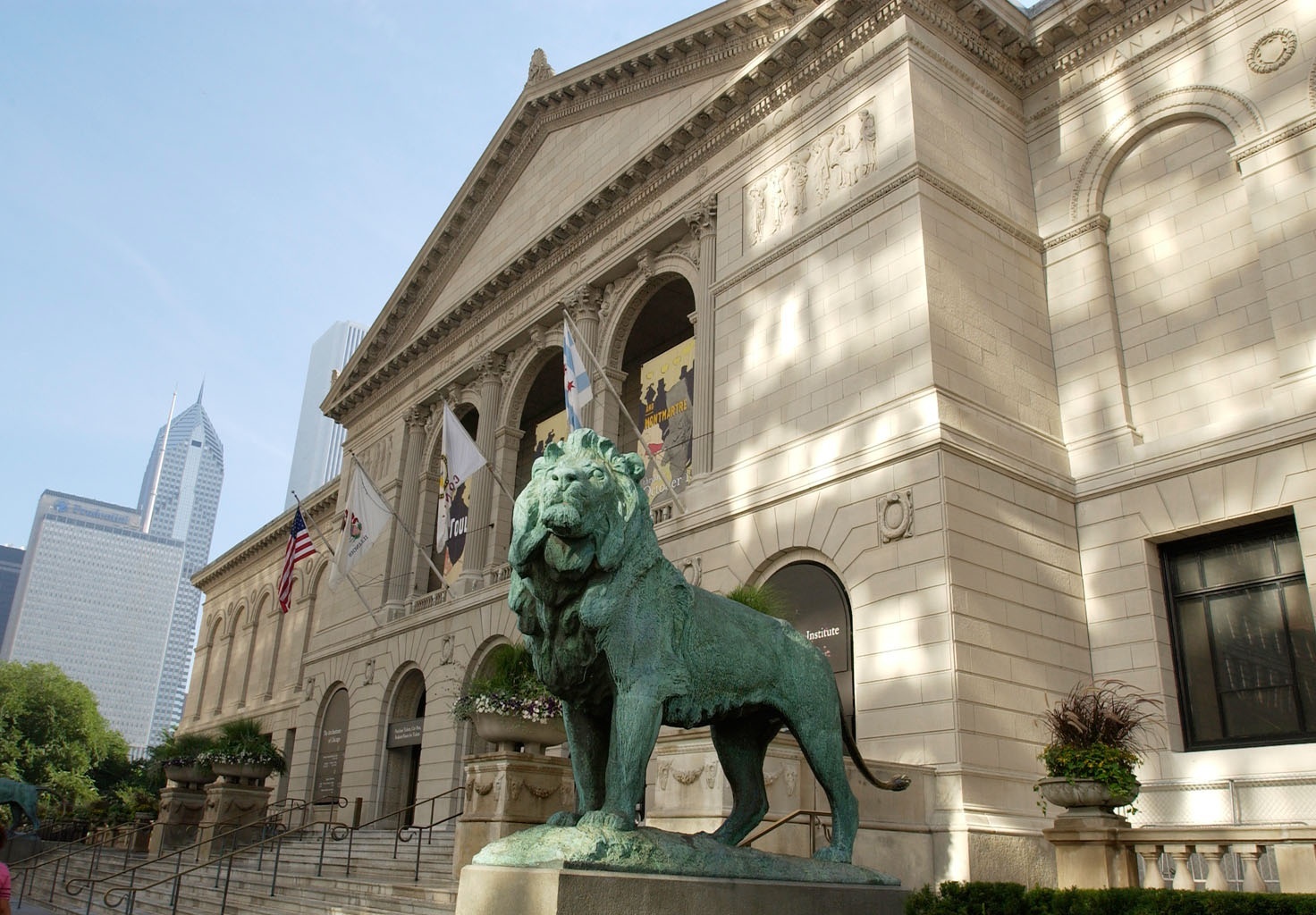- Dec 3 2017
Chicago, IL
For Shakers, work was a form of worship, and objects were expressions of their attempt to create heaven on earth. They employed unique techniques to build furniture that was like their faith: honest, simple, and humble.
Featuring over 20 such objects generously loaned by collectors Thomas and Jan Pavlovic, this exhibition—the first of its kind at the Art Institute—shows the range of items made by the Shakers in the late 18th and 19th centuries. Presented within the chronology of the permanent collection galleries, the exhibition considers Shakers in the larger context of American furniture production, demonstrating the artistic exchange and innovation that defined the country’s early history.
Shakers were well known for their austere and rigid lifestyle. Believers lived in separate men’s and women’s dormitories and practiced celibacy and communal ownership. Their worship, however, could be quite lively; the name Shaker derives from the frenzied, whirling dancing that took place at services. Following the arrival of the first Shakers from England in 1774, the group peaked in the mid-19th century, boasting more than 6,000 members from Maine to Kentucky. Though only one Shaker community survives today, the impact of Shakers on American culture has endured, particularly in art and design. The Pavlovics’ collection—passionately assembled over the last 40 years—exemplifies the virtuosic craftsmanship synonymous with this influential utopian religious community.
Credit: Exhibition overview from museum website
Exhibition Venues & Dates
- Dec 3 2017
Chicago, IL
